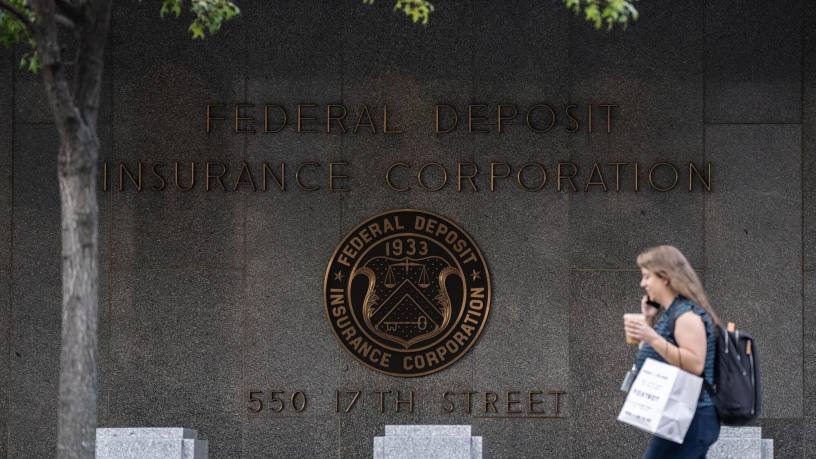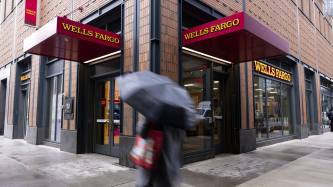The Federal Deposit Insurance Corporation has released the most comprehensive report to date on how the institution would resolve a failing global systemically important bank without resorting to a bail-out.
“An orderly resolution is far preferable to the alternatives, particularly resorting to taxpayer support to prop up a failed institution or to bailing out investors and creditors,” said FDIC chair Martin J. Gruenberg presenting the report yesterday during a conference organised by the Peterson Institute for International Economics in Washington.
“With this paper, we are reaffirming that the FDIC is prepared to apply the resolution framework that the FDIC and many other regulatory authorities in the US and around the world have worked so hard to develop,” he added.
Given the public concerns about some institutions being “too big to fail”, with this document US authorities aim to promote transparency around their resolution plans.
Gruenberg stressed that only one legal entity — the parent holding company — is placed into resolution. The ownership interests in the underlying subsidiaries are transferred from the failed parent company to a new bridge company under the control of the FDIC. The company’s shareholders and unsecured creditors are not transferred to the bridge company and will ultimately absorb the losses of the firm.
“There would be no taxpayer support, and the board and senior executives of the failed firm would be removed,” he said.
Greg Baer, president and CEO of the Bank Policy Institute, said he appreciates the detailed guidance. “US G-SIBs have invested significant time and resources into developing credible resolution plans. It is encouraging to hear the chairman validate those plans, stating he is confident a large bank would be resolved as soon as anticipated,” he told The Banker in a written statement.
“Though it is important to distinguish the approach to resolution discussed today from the resolution of SVB, which is still lacking in any meaningful accountability. The public would benefit from a similar examination of the FDIC’s performance in that resolution and its ongoing handling of the receivership, which appears to continue to suffer from mismanagement,” he added.
The FDIC document is a very important contribution on the matter of banking resolution, according to Nicolas Véron, senior fellow at the Peterson Institute.
“To my knowledge, the FDIC is the second institution globally, following the Bank of England, to issue a similar document. So I think it does put pressure on other jurisdictions, including the eurozone, to do the same,” he said yesterday during the conference.
Véron expressed his appreciation of the focus on maintaining operational capacity in resolution and measures such as “the list of CEOs that you can rent on demand. Not many authorities in the world have that.”
Upon appointment of the FDIC as receiver, the management of the failed financial company would cease and the FDIC would appoint new executives. The FDIC can draw from a roster of qualified individuals who could serve in these leadership positions.










